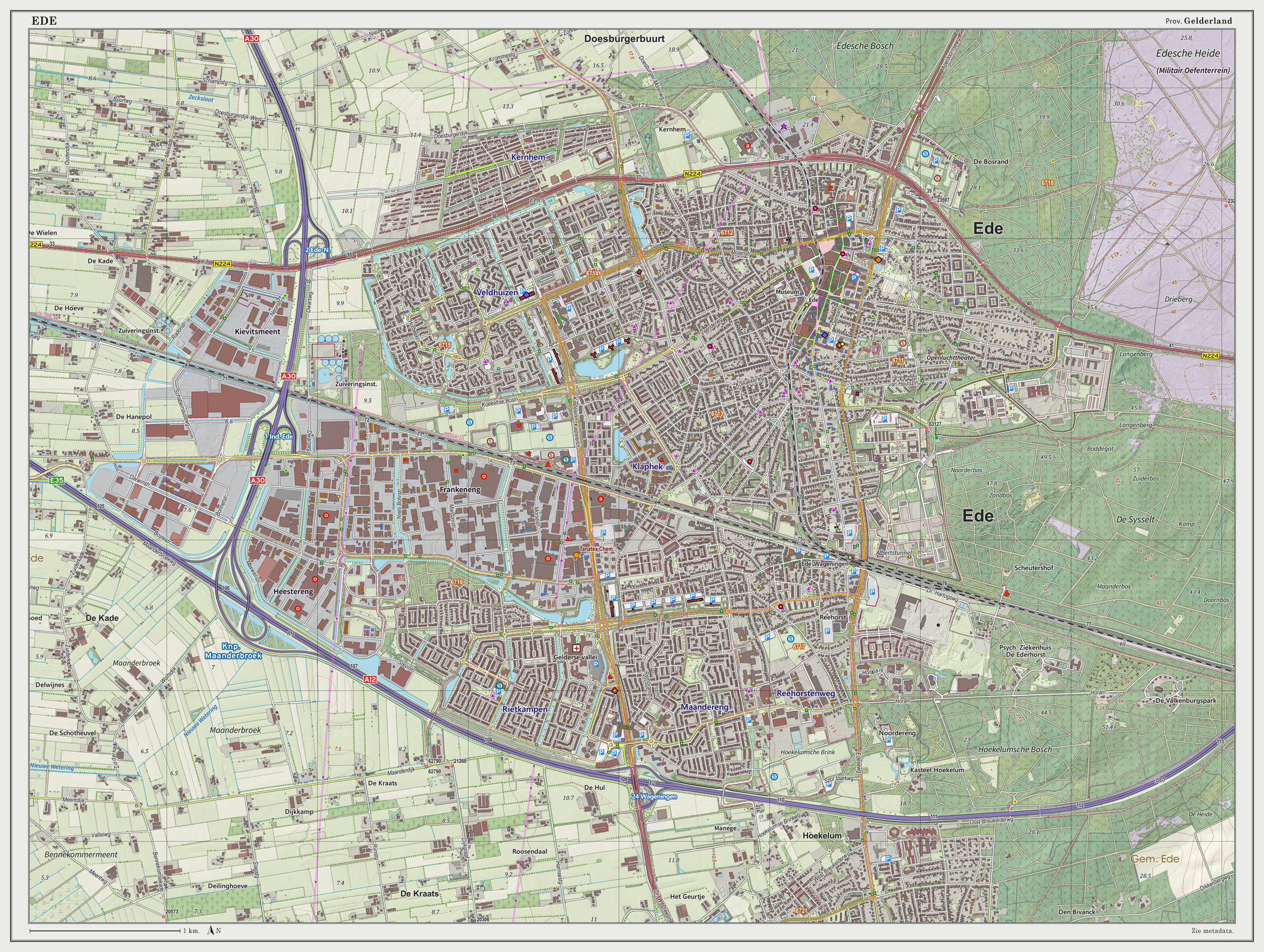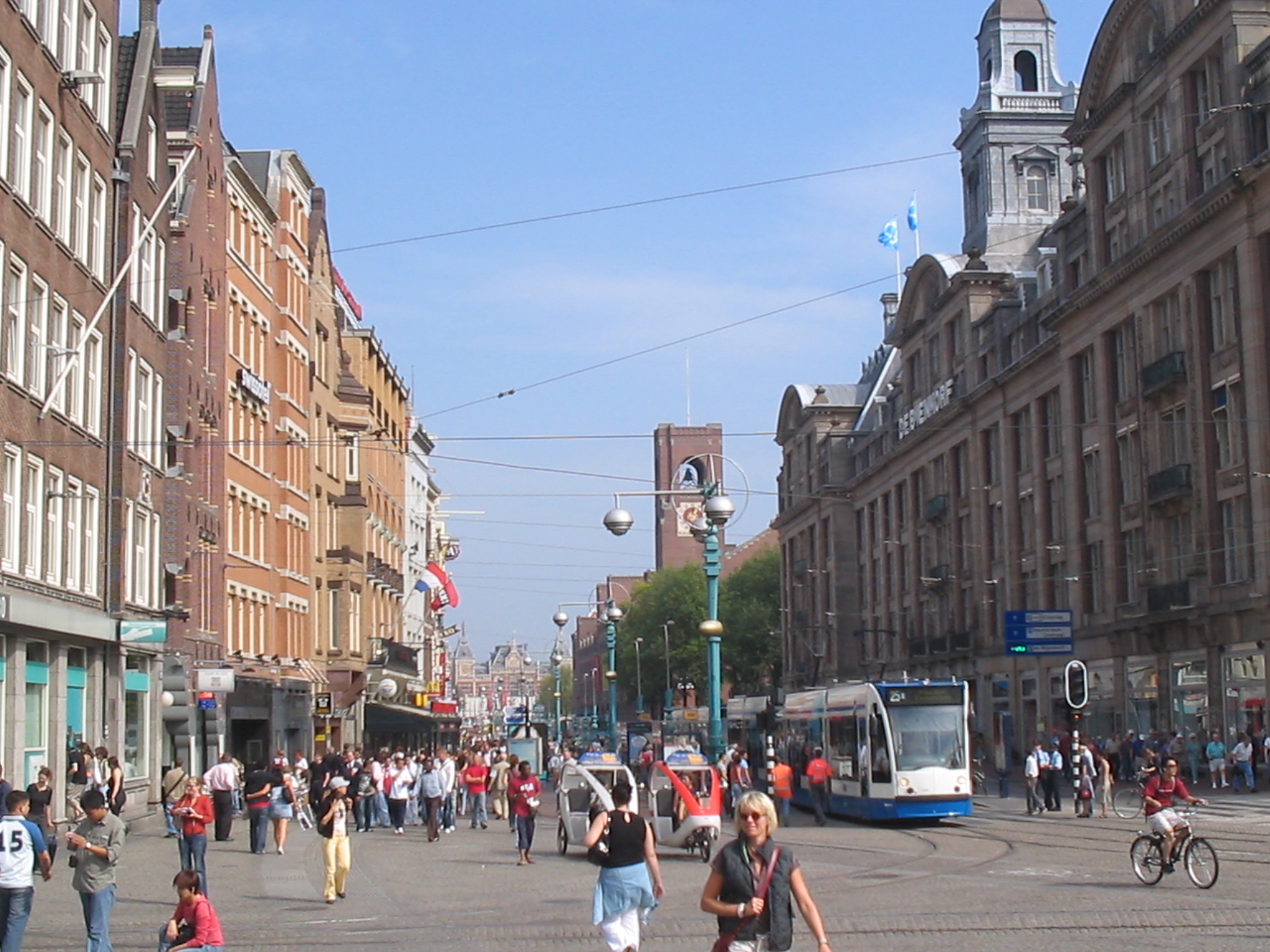|
Anthonius Cornelis Boerma
Antonius Cornelis Boerma (17 August 1852, in Leiden – 26 August 1908, in Ede, Gelderland) was a Dutch architect. Raised in Leiden, he spent most of his life in Amsterdam. In Amsterdam designed the Huis met de Kabouters, the Lutkie & Smit building on Nieuwendijk, the Bestelhuis van den Boekhandel on Spuistraat, the Café 'De Bisschop' on the corner of the Damrak, and he co-designed the Veemarkt in Cruquiuseiland Cruquiuseiland (English: Cruquius Island) is a suburb the Eastern Docklands in the Zeeburg district of Amsterdam. The majority of the area is the man-made Cruquius Island itself, although some adjacent land is also part of the area. It is border .... He also built many Catholic churches and buildings for institutions, both in Amsterdam and elsewhere in the Netherlands. at the Dutch Architectural Institute [...More Info...] [...Related Items...] OR: [Wikipedia] [Google] [Baidu] |
Leiden
Leiden (; in English and archaic Dutch also Leyden) is a city and municipality in the province of South Holland, Netherlands. The municipality of Leiden has a population of 119,713, but the city forms one densely connected agglomeration with its suburbs Oegstgeest, Leiderdorp, Voorschoten and Zoeterwoude with 206,647 inhabitants. The Netherlands Central Bureau of Statistics (CBS) further includes Katwijk in the agglomeration which makes the total population of the Leiden urban agglomeration 270,879, and in the larger Leiden urban area also Teylingen, Noordwijk, and Noordwijkerhout are included with in total 348,868 inhabitants. Leiden is located on the Oude Rijn, at a distance of some from The Hague to its south and some from Amsterdam to its north. The recreational area of the Kaag Lakes (Kagerplassen) lies just to the northeast of Leiden. A university city since 1575, Leiden has been one of Europe's most prominent scientific centres for more than four centuries. Leide ... [...More Info...] [...Related Items...] OR: [Wikipedia] [Google] [Baidu] |
Ede, Gelderland
Ede () is a municipality and a town in the centre of the Netherlands, in the province of Gelderland. Ede had 119,186 inhabitants. Population centres Community: * Bennekom * De Klomp * Deelen * Ede (town) * Ederveen * Harskamp * Hoenderloo * Lunteren * Otterlo ( Kröller-Müller Museum) * Wekerom The village of Ede Location The village itself is situated halfway between the larger cities of Arnhem and Utrecht, with direct rail and road connections to both cities. There are no connections to any water nearby; however, there also is a direct road connection to the city of Wageningen which hosts a small industrial port on the river Rijn and a direct road and rail connection to the city of Arnhem, which features a larger port at a greater distance. The environment is clean and green due to the fact that Ede is partly built in a forest and partly on the central Dutch plains in the national park called Nationaal Park "De Hoge Veluwe". Economy Economically, the town of ... [...More Info...] [...Related Items...] OR: [Wikipedia] [Google] [Baidu] |
Amsterdam
Amsterdam ( , , , lit. ''The Dam on the River Amstel'') is the Capital of the Netherlands, capital and Municipalities of the Netherlands, most populous city of the Netherlands, with The Hague being the seat of government. It has a population of 907,976 within the city proper, 1,558,755 in the City Region of Amsterdam, urban area and 2,480,394 in the Amsterdam metropolitan area, metropolitan area. Located in the Provinces of the Netherlands, Dutch province of North Holland, Amsterdam is colloquially referred to as the "Venice of the North", for its large number of canals, now designated a World Heritage Site, UNESCO World Heritage Site. Amsterdam was founded at the mouth of the Amstel River that was dammed to control flooding; the city's name derives from the Amstel dam. Originally a small fishing village in the late 12th century, Amsterdam became a major world port during the Dutch Golden Age of the 17th century, when the Netherlands was an economic powerhouse. Amsterdam is th ... [...More Info...] [...Related Items...] OR: [Wikipedia] [Google] [Baidu] |
Huis Met De Kabouters
The Huis met de Kabouters ( Dutch for "House with the Gnomes") is a 19th-century building in Amsterdam, so named because the facade is decorated with two figures of gnomes. The building has held ''rijksmonument'' status since 1984. The house is at Ceintuurbaan 251–255 in the De Pijp district, near the Nieuwe Amstelbrug bridge across the river Amstel. The building is 27 metres in width, 13 metres in depth and 17 metres in height, and consists of three separate houses, each with a ground floor, three residential storeys and an attic storey. The building contains 12 separate apartments, seven of which are rented out and five of which are owned by the residents."Bij de broze kabouters", ''Volkskrant'', 11 November 2009 (Dutch) [...More Info...] [...Related Items...] OR: [Wikipedia] [Google] [Baidu] |
Damrak
The Damrak is an avenue and partially filled in canal at the centre of Amsterdam, running between Amsterdam Centraal in the north and Dam Square in the south. It is the main street where people arriving at the station enter the centre of Amsterdam. Also it is one of the two GVB tram routes from the station into the centre, with lines 4, 9, 16, and 25 running down it. It is also on the route of the North/South Line (Amsterdam metro line) being constructed between the existing metro station at Centraal Station and the new Rokin station. The street was located on a '' rak'' ( reach), a straight part of the Amstel river near a dam; hence the name. In the 19th century, a section of it was filled in. Because of the former stock exchange building, the monumental Beurs van Berlage, and several other buildings related to financial activities erected there in the early 20th century, the term "Damrak" has come to be a synonym for the Amsterdam Stock Exchange in the same way "Wall Street" is ... [...More Info...] [...Related Items...] OR: [Wikipedia] [Google] [Baidu] |
Cruquiuseiland
Cruquiuseiland (English: Cruquius Island) is a suburb the Eastern Docklands in the Zeeburg district of Amsterdam. The majority of the area is the man-made Cruquius Island itself, although some adjacent land is also part of the area. It is bordered on the north by Borneolaan (between Dirk Vreekenstraat and C. van Eesterenlaan), the west is near bounded by rail, the south by Lozingskanaal and the east by the Rijnkannel. History Cruquius Island was built between 1875 and 1925 originally for the expansion of the Port of Amsterdam. Previous to this the area was a swampy wetlands, which was a popular smuggling route into Amsterdam. The 19th century saw a movement away from private slaughterhouses, and toward public slaughterhouses. To this end, the Veemarkt (Cattle market) was provisioned in Cruquiuseiland. It was designed by the architects A.C. Boerma and E. Damen, and constructed in 1887. There was a marketplace and stables for cows, calves, horses, sheep and pigs. The area also i ... [...More Info...] [...Related Items...] OR: [Wikipedia] [Google] [Baidu] |
Huis Met De Kabouters Amsterdam Detail
The Hui people ( zh, c=, p=Huízú, w=Hui2-tsu2, Xiao'erjing: , dng, Хуэйзў, ) are an East Asian ethnoreligious group predominantly composed of Chinese-speaking adherents of Islam. They are distributed throughout China, mainly in the northwestern provinces and in the Zhongyuan region. According to the 2011 census, China is home to approximately 10.5 million Hui people. The 110,000 Dungan people of Kazakhstan and Kyrgyzstan are also considered part of the Hui ethnicity. The Hui have a distinct connection with Islamic culture. For example, they follow Islamic dietary laws and reject the consumption of pork, the most commonly consumed meat in China, and have developed their own variation of Chinese cuisine. They also dress differently than the Han Chinese, some men wear white caps (taqiyah) and some women wear headscarves, as is the case in many Islamic cultures. The Hui people are one of 56 ethnic groups recognized by China. The government defines the Hu ... [...More Info...] [...Related Items...] OR: [Wikipedia] [Google] [Baidu] |
1852 Births
Year 185 ( CLXXXV) was a common year starting on Friday (link will display the full calendar) of the Julian calendar. At the time, it was known as the Year of the Consulship of Lascivius and Atilius (or, less frequently, year 938 '' Ab urbe condita''). The denomination 185 for this year has been used since the early medieval period, when the Anno Domini calendar era became the prevalent method in Europe for naming years. Events By place Roman Empire * Nobles of Britain demand that Emperor Commodus rescind all power given to Tigidius Perennis, who is eventually executed. * Publius Helvius Pertinax is made governor of Britain and quells a mutiny of the British Roman legions who wanted him to become emperor. The disgruntled usurpers go on to attempt to assassinate the governor. * Tigidius Perennis, his family and many others are executed for conspiring against Commodus. * Commodus drains Rome's treasury to put on gladiatorial spectacles and confiscates property to su ... [...More Info...] [...Related Items...] OR: [Wikipedia] [Google] [Baidu] |
1908 Deaths
Nineteen or 19 may refer to: * 19 (number), the natural number following 18 and preceding 20 * one of the years 19 BC, AD 19, 1919, 2019 Films * ''19'' (film), a 2001 Japanese film * ''Nineteen'' (film), a 1987 science fiction film Music * 19 (band), a Japanese pop music duo Albums * ''19'' (Adele album), 2008 * ''19'', a 2003 album by Alsou * ''19'', a 2006 album by Evan Yo * ''19'', a 2018 album by MHD * ''19'', one half of the double album ''63/19'' by Kool A.D. * ''Number Nineteen'', a 1971 album by American jazz pianist Mal Waldron * ''XIX'' (EP), a 2019 EP by 1the9 Songs * "19" (song), a 1985 song by British musician Paul Hardcastle. * "Nineteen", a song by Bad4Good from the 1992 album '' Refugee'' * "Nineteen", a song by Karma to Burn from the 2001 album ''Almost Heathen''. * "Nineteen" (song), a 2007 song by American singer Billy Ray Cyrus. * "Nineteen", a song by Tegan and Sara from the 2007 album '' The Con''. * "XIX" (song), a 2014 song by Slipk ... [...More Info...] [...Related Items...] OR: [Wikipedia] [Google] [Baidu] |
Dutch Architects
Following is a list of Dutch architects in alphabetical order by birth century. Born in the 15th century * Jan Heyns (14??–1516) Born in the 16th century * Bartholomeus van Bassen (c.1590–1652) * Salomon de Bray (1597–1664) * Jacob van Campen (1596–1657) * Lieven de Key (c.1560–1627) * Hendrick de Keyser (1565–1621) * Pieter de Keyser (c.1595–1676) * Thomas de Keyser (c.1596–1667) * Hans Vredeman de Vries (1527–c.1607) Born in the 17th century * Harmen van Bol'es (1689–1764) * Simon Bosboom (1614–1662) * Adriaan Dortsman Adriaan Dortsman (1635, Vlissingen – 1682, Amsterdam), was a Dutch Golden Age architect of Amsterdam. Biography According to the RKD he moved to Amsterdam in 1667 and is known for drawings and architectural designs. [...More Info...] [...Related Items...] OR: [Wikipedia] [Google] [Baidu] |



.jpg)

